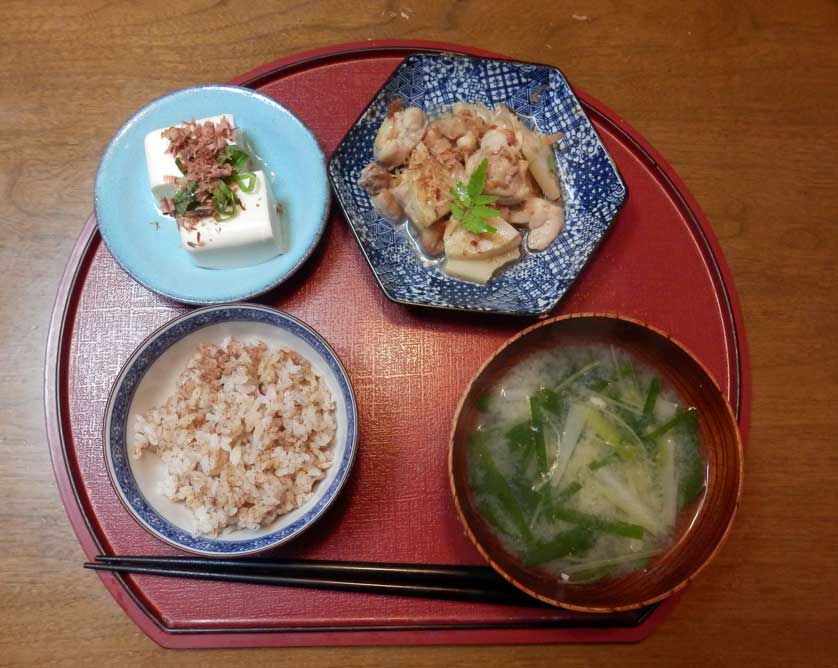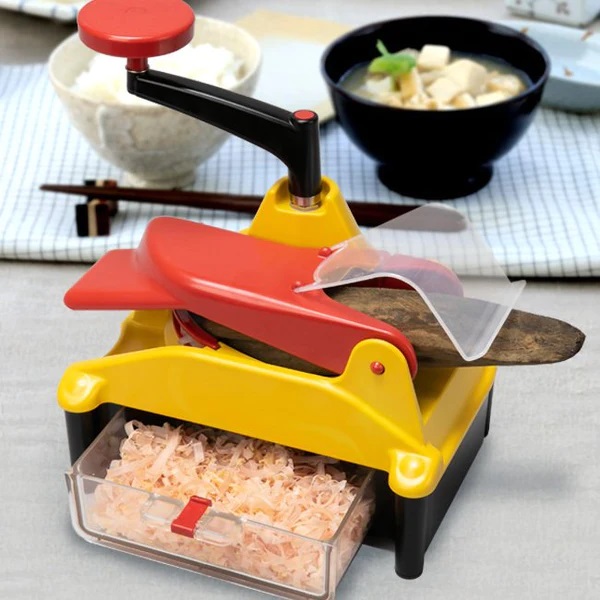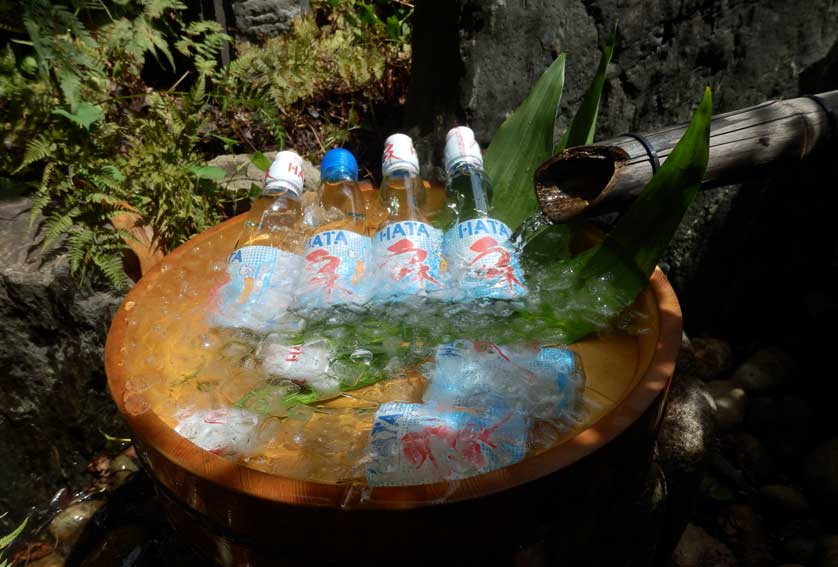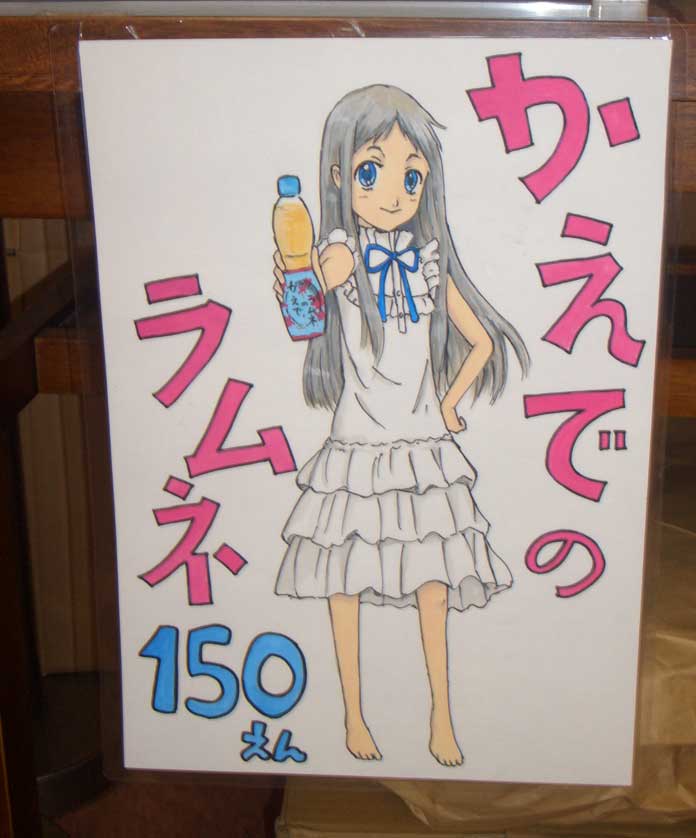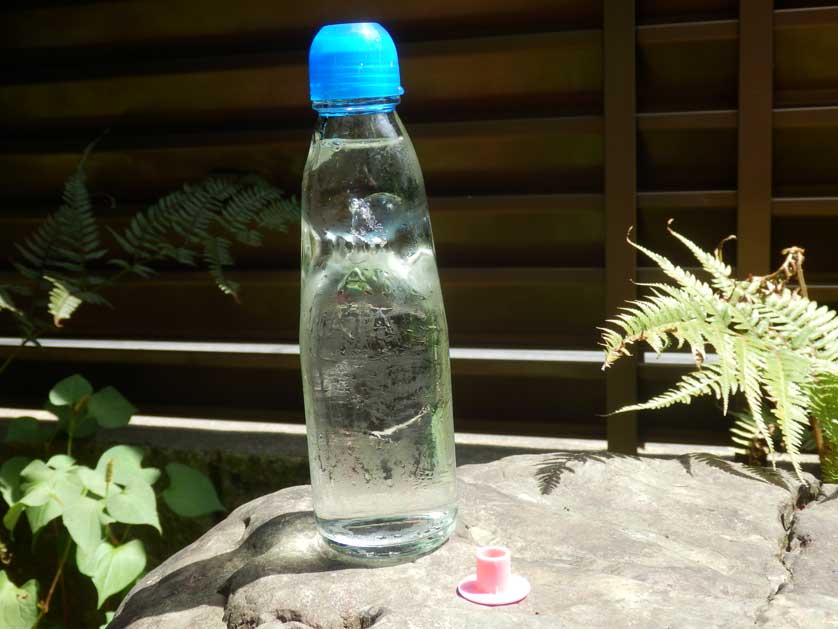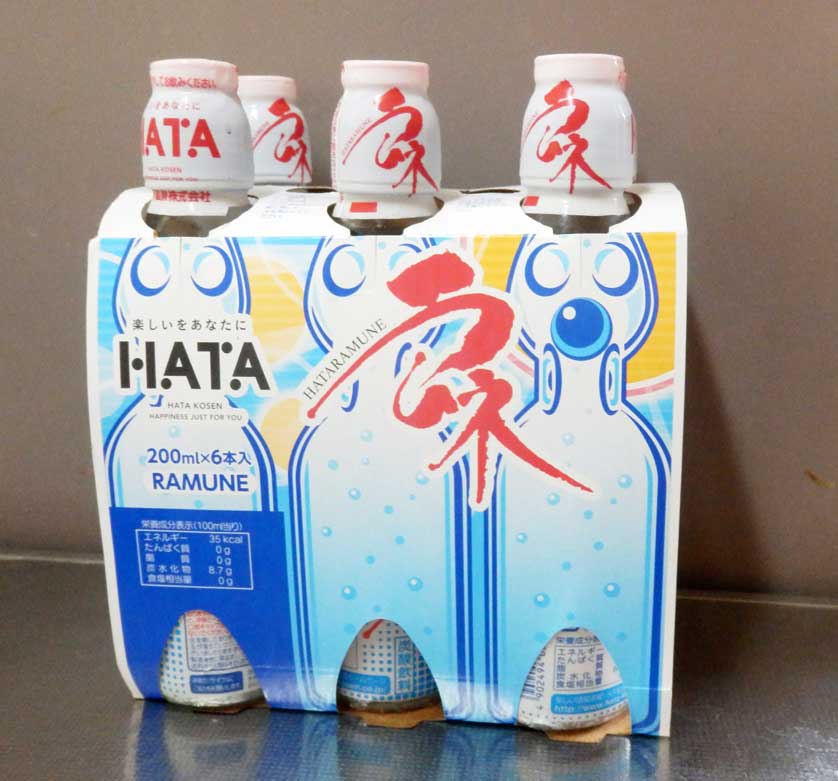Japan Book Review: A Geek in Japan: Discovering the Land of Manga, Anime, Zen, and the Tea Ceremony
A Geek in Japan: Discovering the Land of Manga, Anime, Zen, and the Tea Ceremony
ISBN: 978-4-8053-1129-5
Tuttle Publishing, 2010
160 pp; paperback
A Geek in Japan is a vibrant, visually stunning guide exploring Japanese culture through the eyes of, it would appear, a knowledgeable, hardcore Japanophile, who melds tradition and modernity with enthusiasm and insight.
Helping the book's appeal is its large size of 19x25 cm, or 7.5x10 inches. This allow for hundreds of large, colorful and easy-to-see photos. The sidebars and infographics are equally impressive.
 |
| A Geek in Japan |
The book covers a lot of ground, starting with the origins of Japanese culture, the traditional arts and the unique Japanese character, including the famous work culture. Then, the geekier parts kick in with sections on society today, the world of manga and anime (what would a book about geeks and Japan be without discussing manga and anime?), modern music and media, and finally travel in Japan in general and in Tokyo in specific.
One of the book's strong suits is its handling of Japanese aesthetics and values; for example ideas such as wabi-sabi (the art and beauty of imperfection) and omotenashi (hospitality), which are found in everything from architecture to interpersonal relationships. Of course, Japan's two major religions of Shinto and Buddhism are discussed, including how they coexist and still influence festivals and daily rituals.
While most of the book is fun and entertaining, there are a few places that dip into the darker side of Japan; for example, suicides and their aftermath, especially for those who cease their existence by jumping in front of trains in Tokyo. Sometimes, their families are fined up to ¥100 million "to cover the cost of cleaning services and delays across the lines."
There are only two possible "issues" about the book, and both are pretty insignificant.
First, since the book was published in 2010, there are a few things that are a bit dated. Tsukiji, long known as the place for 5 a.m. trips to see the active fish market, has closed down. Also, while listing "current" singers and groups, the names Orenji Renge and Kumi Koda among others are mentioned. Today's young and hip probably don't know these names. Also, Yamamba and other short-lived fashions are a bit out of date.
Second, while an impressive number of subjects are covered, none are covered in depth, as no section extends beyond one page. Still, that is a little like criticizing McDonalds for not serving gourmet food: that's not the purpose of the whole thing.
Even self-declared Japanophiles can learn something from the book. After all, who among us can quickly explain the difference between gothic, amaloli, classic, wa, qi and erotic lolitas?
Overall, this book never disappoints.
A Geek in Japan is one of a series of books by Tuttle Publishing. There are also similar looking and similarly laid out "Geek" books about Korea, Thailand, China and Indonesia.
Review by Marshall Hughes, author of Rural Reflections: What 11 Years in Provincial Japan Taught Me.
Buy this book from Amazon USA | UK | Japan
Looking to buy Japanese things directly from Japan? GoodsFromJapan is here to help.
More Japan Book Reviews
All About Japan - Stories, Songs, Crafts and Games for Kids
Exposure: From President to Whistleblower at Olympus
Japanese Kokeshi Dolls: The Woodcraft and Culture of Japan's Iconic Wooden Dolls



